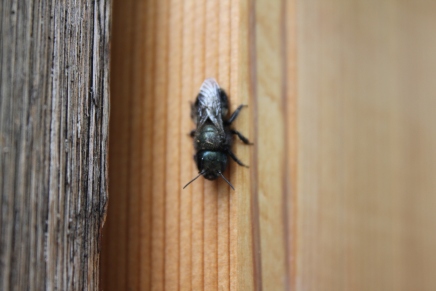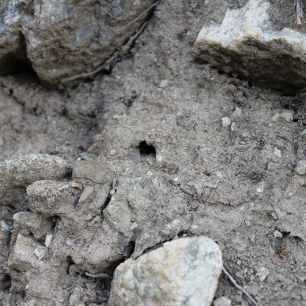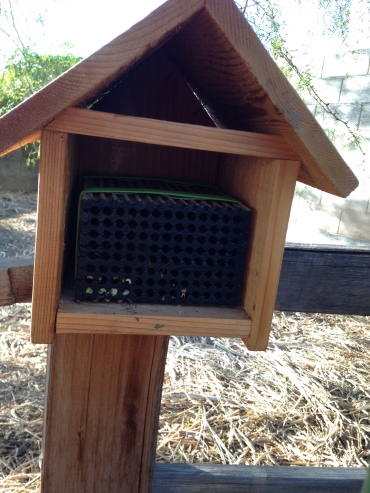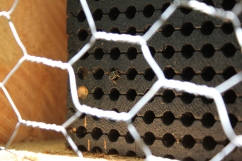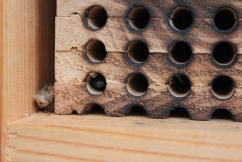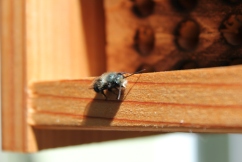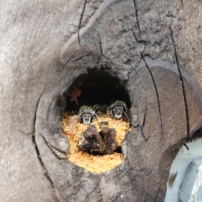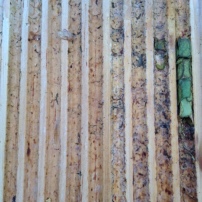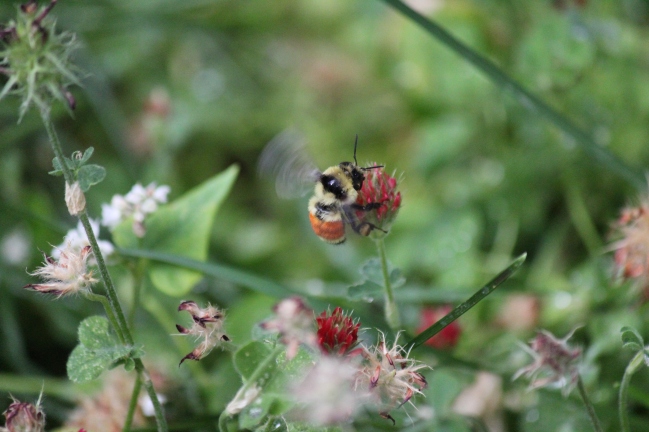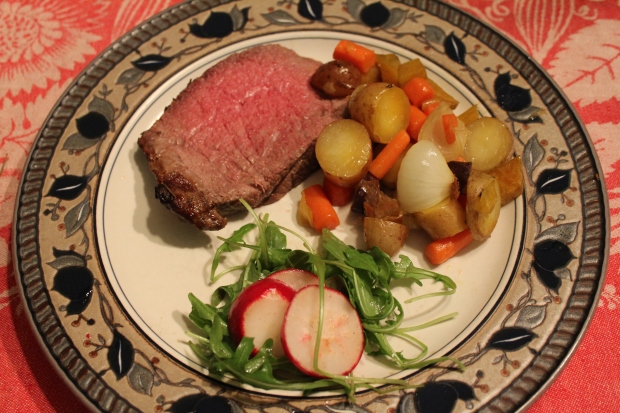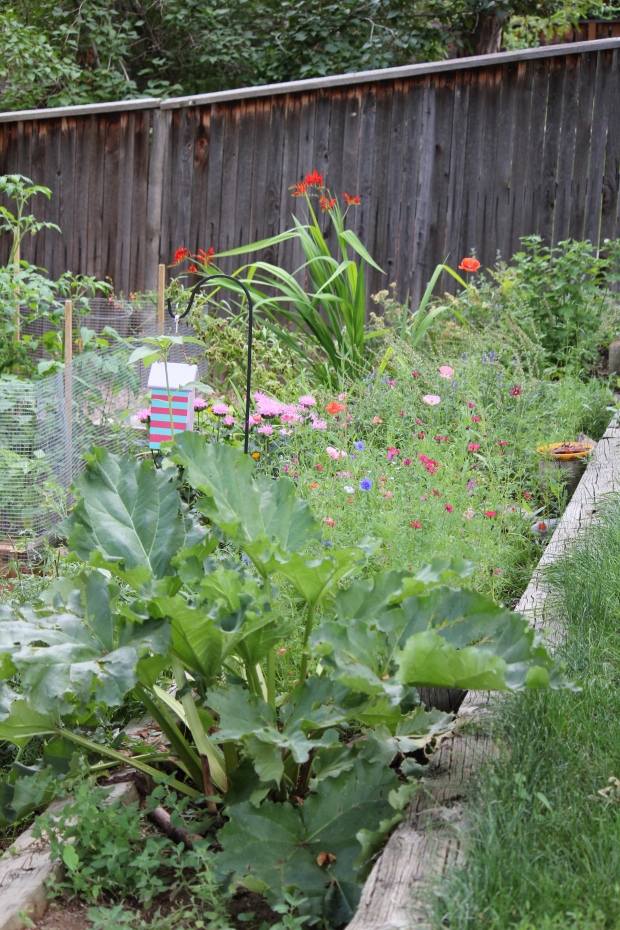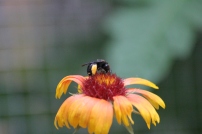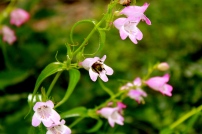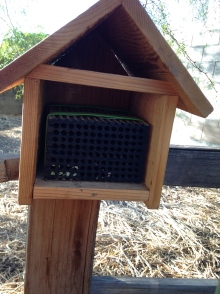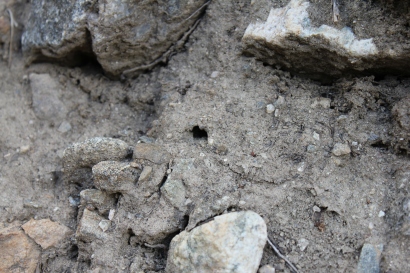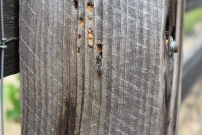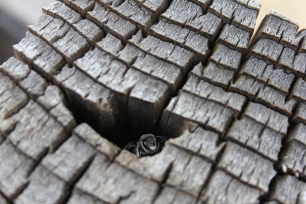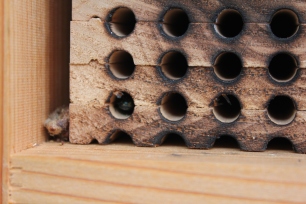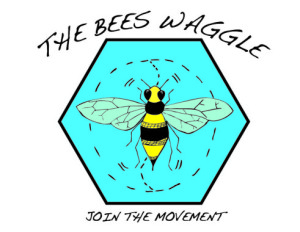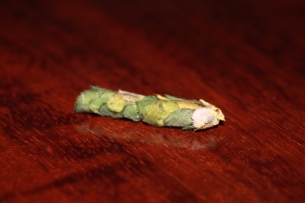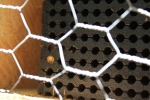Pollinators Support Biodiversity
Importance of Pollinators
by Jessica of The Bees Waggle
Biodiversity is the variety of life. It showcases the relationships between all life forms on Earth. It is the web of life, connecting all life on Earth in an interdependent web of function, purpose, and necessity. It can be a protective mechanism against catastrophic failure of life.
Biodiversity provides:
A wide array of foods and materials, which contributes to the survival of all. Examples include: medicines derived from plants; 7000 species of plants are also food sources for other species.
Genetic diversity, which defends against diseases and pests.
Example: Monoculture crops are not diverse, genetically or otherwise, and are thus susceptible to influxes of pests and disease, which is one reason why farmers of these crops are so dependent on chemicals to sustain crops. Planting hedgerows with a variety of plants encourages natural pest control for crops via predatory insects and birds.
Ecological services, which are functions performed by many species that result in sustaining life on Earth, and are a supported by biodiversity. Within each ecological service, there are many species at play.
Some examples of ecological services are:
Decomposition of waste
Water purification
Pest control
Flood moderation
Soil fertility
Pollination
Adaptability to disturbances, which is achieved by a concerted effort of many life forms repairing the damage done by a natural disaster, or another form of disturbance.
Every piece of every ecosystem is important and each piece depends on the other pieces. We, as humans, are part of a planet-wide ecosystem, and we depend on many different systems for our survival. One extremely important web we depend on is that of the pollinators.
Pollination supports biodiversity! It is a mutually beneficial relationship between the pollinator and the pollinated. One without the other would be catastrophic. Pollination supports diversity of plants, as well as the animals that feed on those plants. This beneficial relationship reaches broadly to birds, small mammals, large mammals, other insects, and us! If this relationship were lost, many ecosystems would implode.
Pollinators contribute to biodiversity and life on Earth in ways that are significant to every ecosystem existing today. Roughly 90 % of all flowering plant species are specialized for animal-assisted pollination! 7000 plant species are a form of food for other species. Many of these flowering plants develop food only as a result of visiting pollinators, and this food supports the lives of countless species, including humans! The disappearance of pollinators would inflict catastrophic consequences on the entire planet.
The diversity of pollinators alone is staggering! There are 20,000 bee species accounted for on Earth, and there are likely more. This number does not account for the hundreds of thousands of species of flies, moths, butterflies, birds, bats, and beetles who also pollinate flowering plants.
Our pollinators are struggling. Some populations of butterflies have declined as much as 90%! Honeybee colony losses are at an all time high! What do you think that means for our native bee species? I can tell you it isn’t good. The struggle is due to: loss of habitat, lack of food, and pesticide use.
The fact that pollinators are broadly struggling threatens the balance of biodiversity, and life on Earth!
You can help by doing the following: add back habitat (shelter, food, and water), plant flowering plants, and please stop the use of all pesticides (including: insecticides, fungicides, and herbicides).

